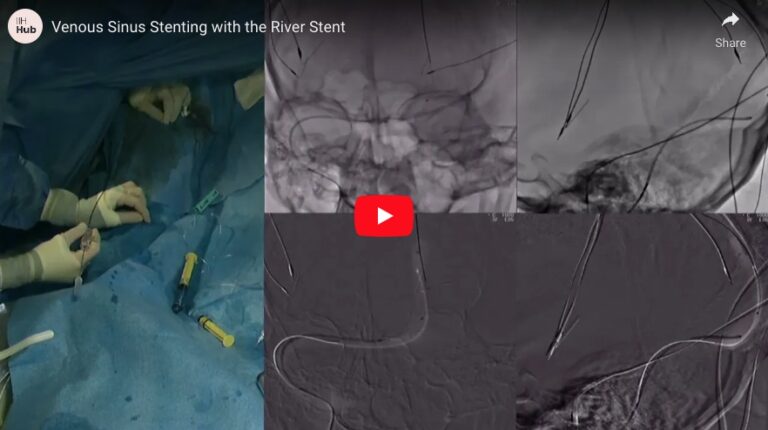A randomized controlled trial means that participants in the trial will be divided in groups, usually two, one that will receive the treatment studied and the other to receive the “placebo”, which is an inactive pill or a sham procedure. Participants will be selected by chance into one of the groups. A randomized controlled trial is considered the gold standard in medical research because it limits bias (prejudice from the patient or the physician for or against a treatment). Additionally, the IIHTT was doubled-masked, which means that neither the participant nor the physician knew if the participant was taking the active drug or the placebo.
The IIHTT enrolled participants from 2010 to 2012. It studied 165 IIH patients with mild visual field loss and followed them for 6 months. The study drug was acetazolamideMedication used to treat glaucoma, epilepsy, altitude sickness, periodic paralysis, idiopathic intracranial hypertension, urine alkalinization, and heart failure. Click the term to read more (or Diamox) given at a dose of 1mg to 4mg daily. 86 participants received acetazolamide and 79 the placebo. All participants were also recommended to follow a low-salt weight-reduction diet.



